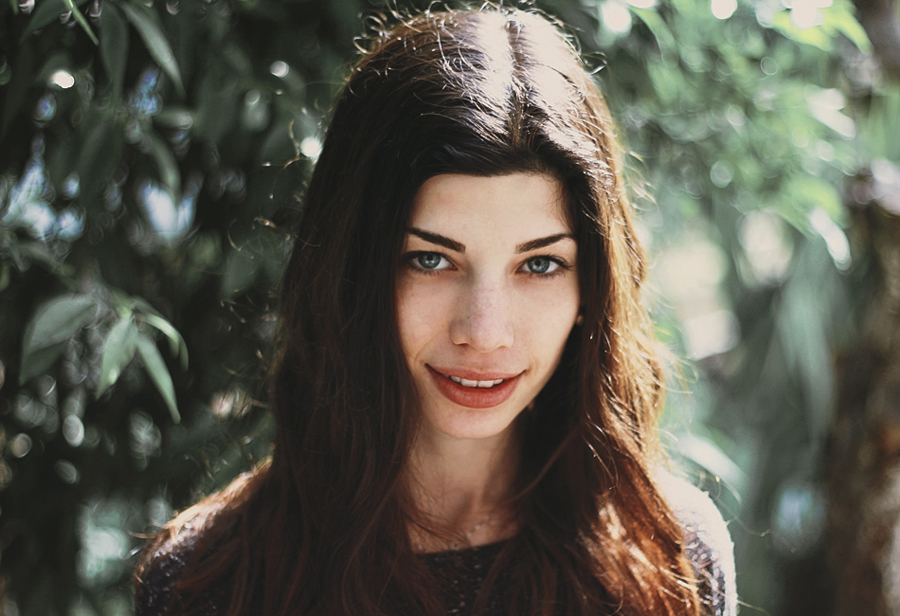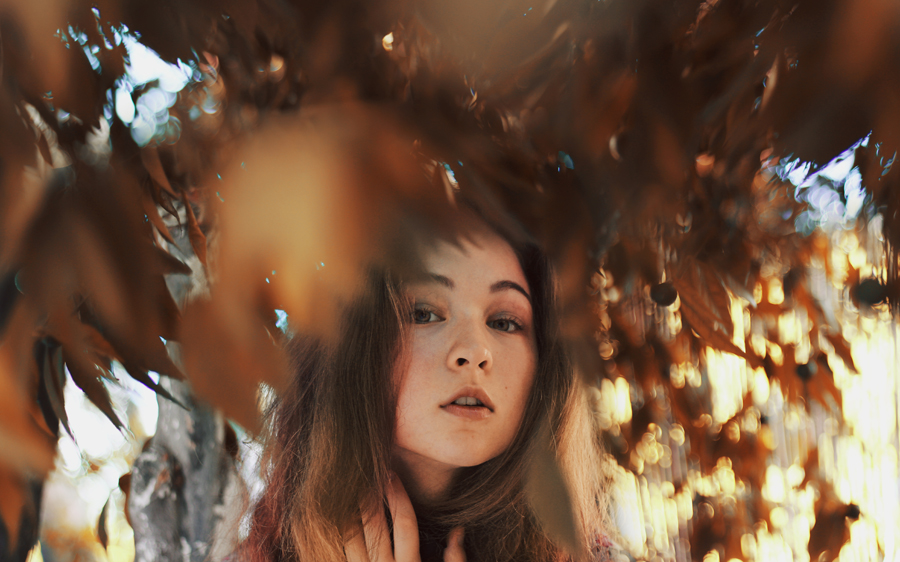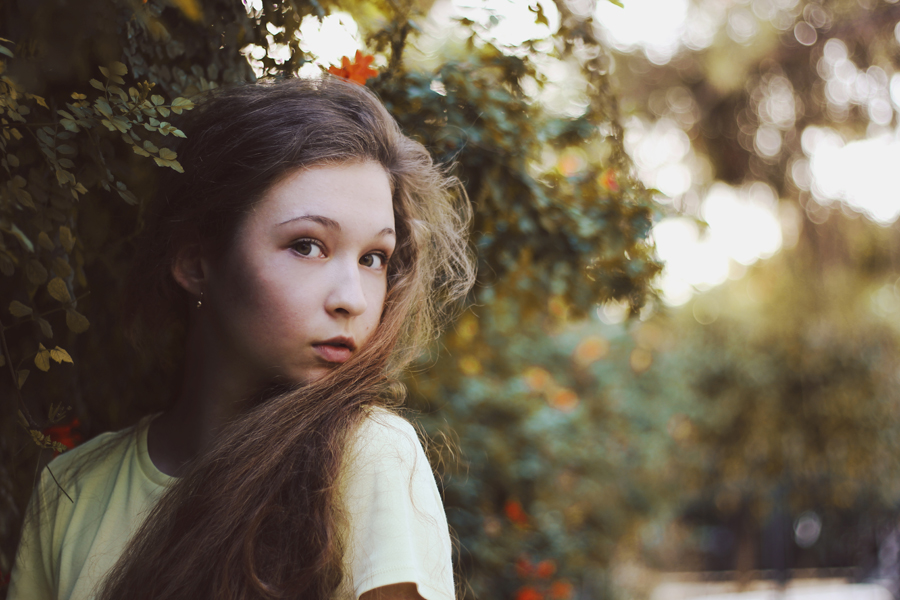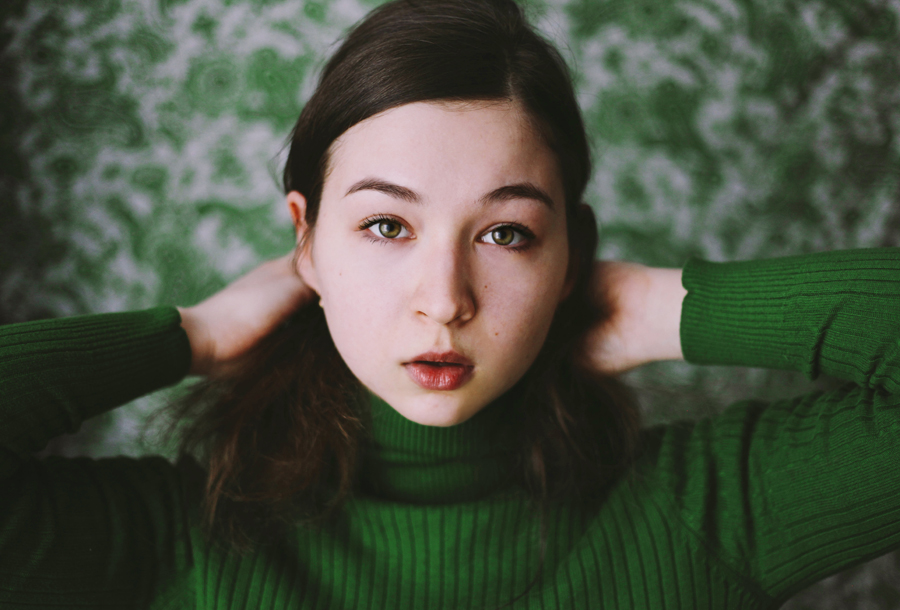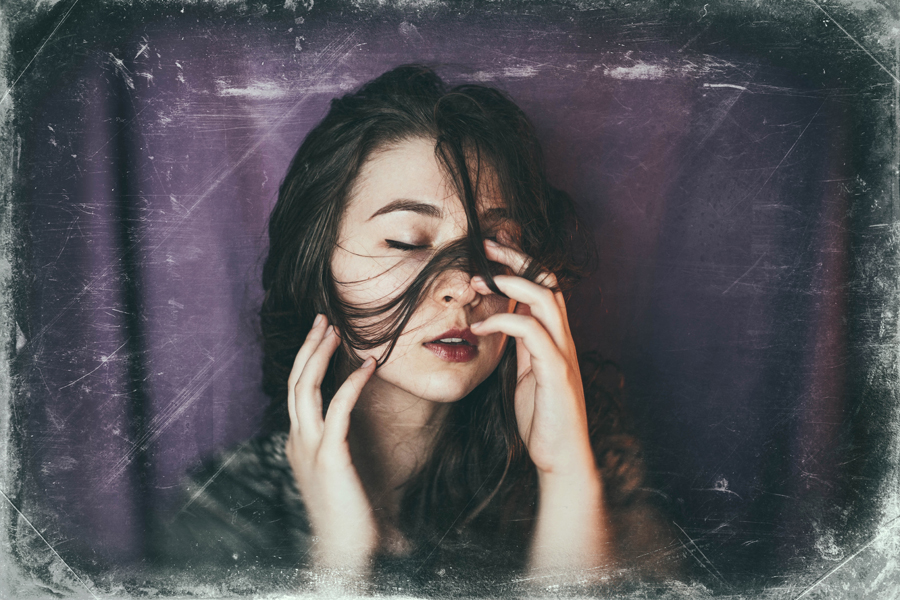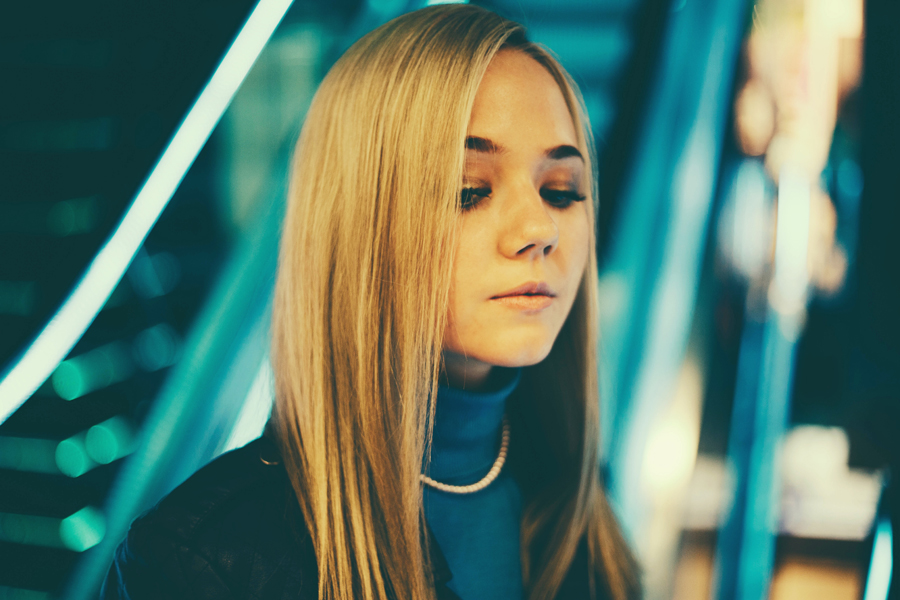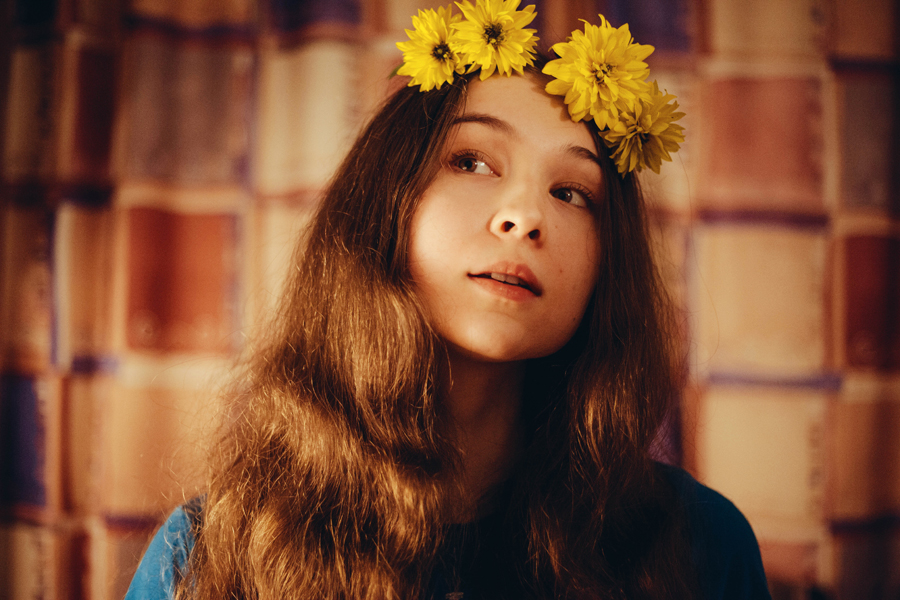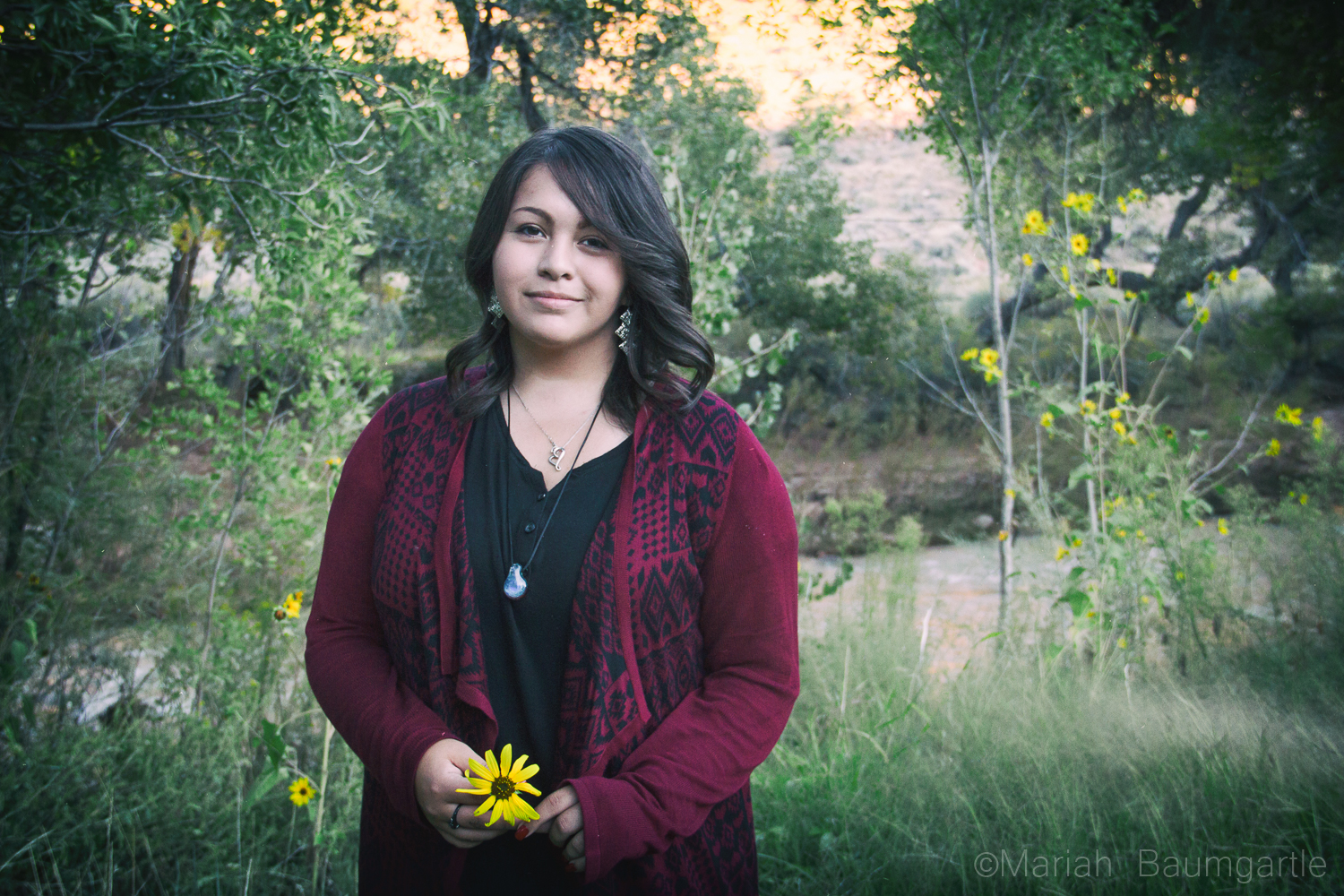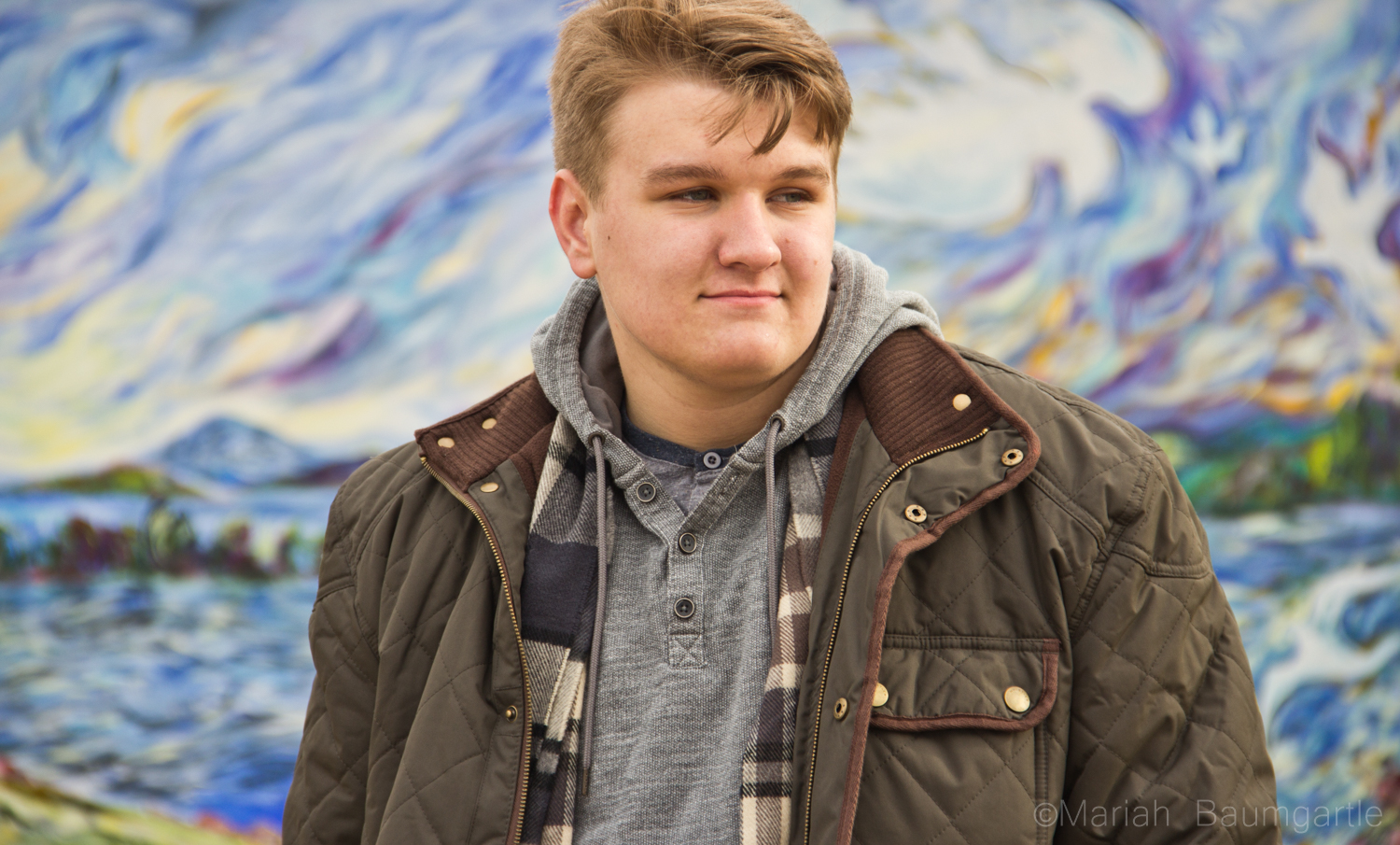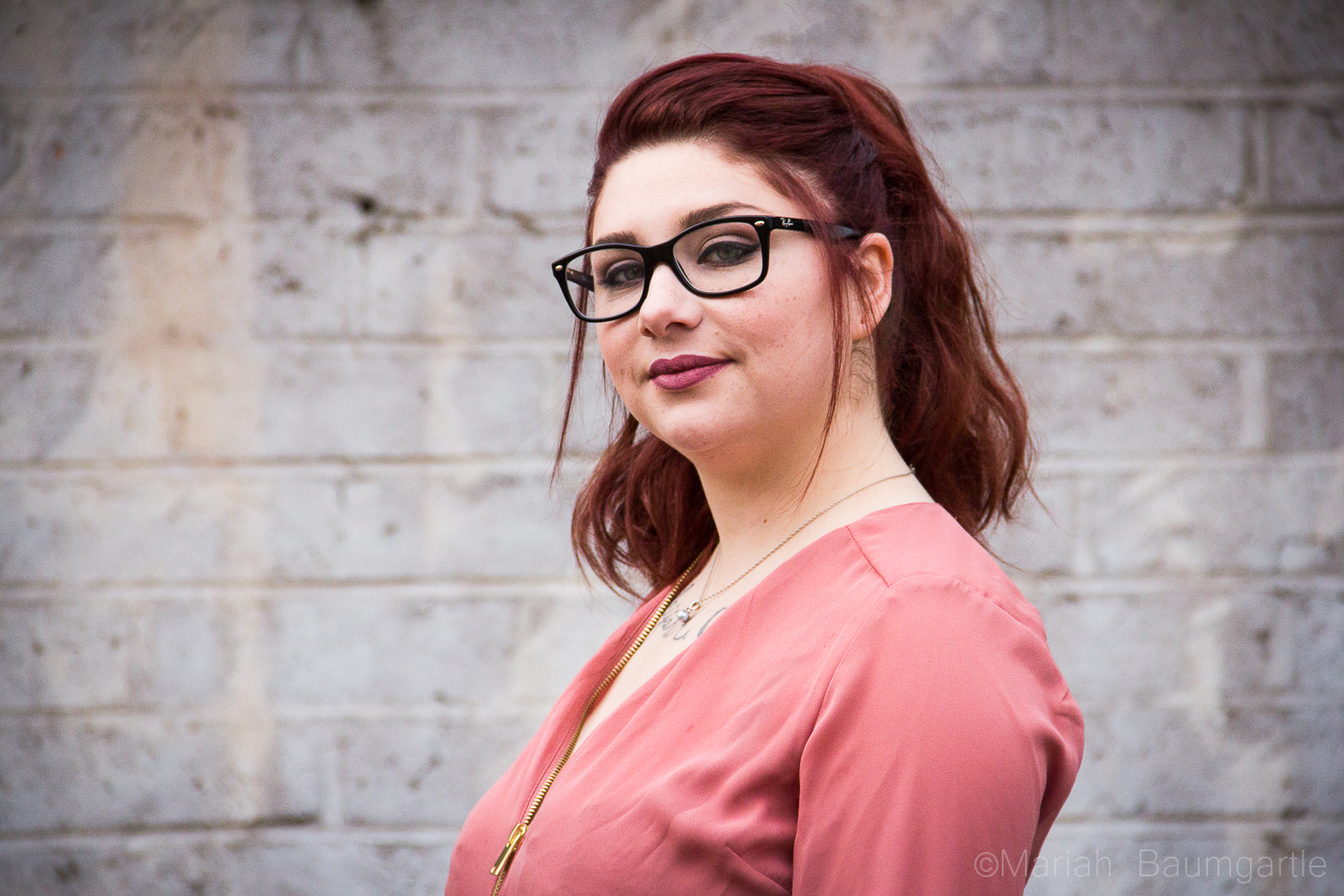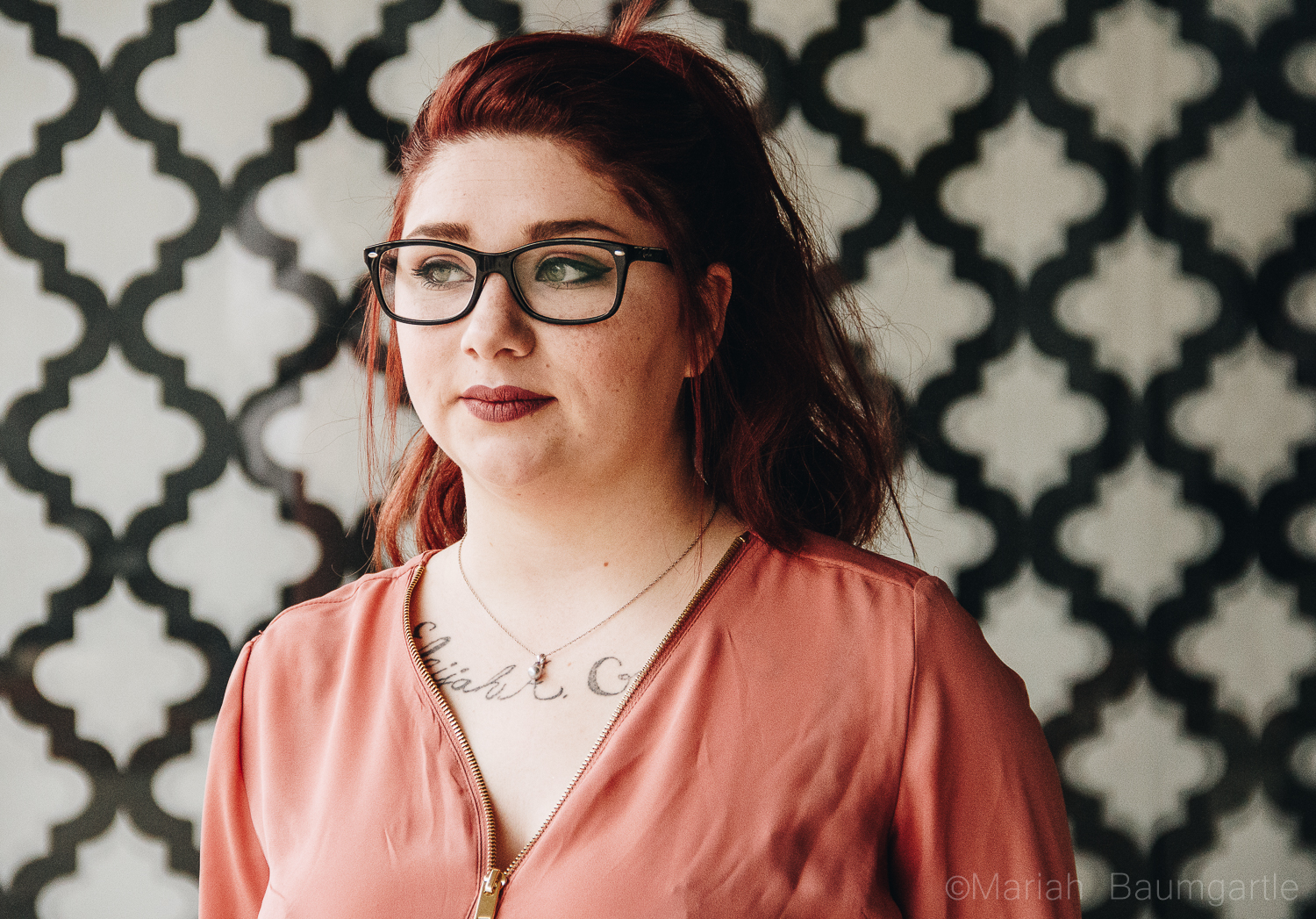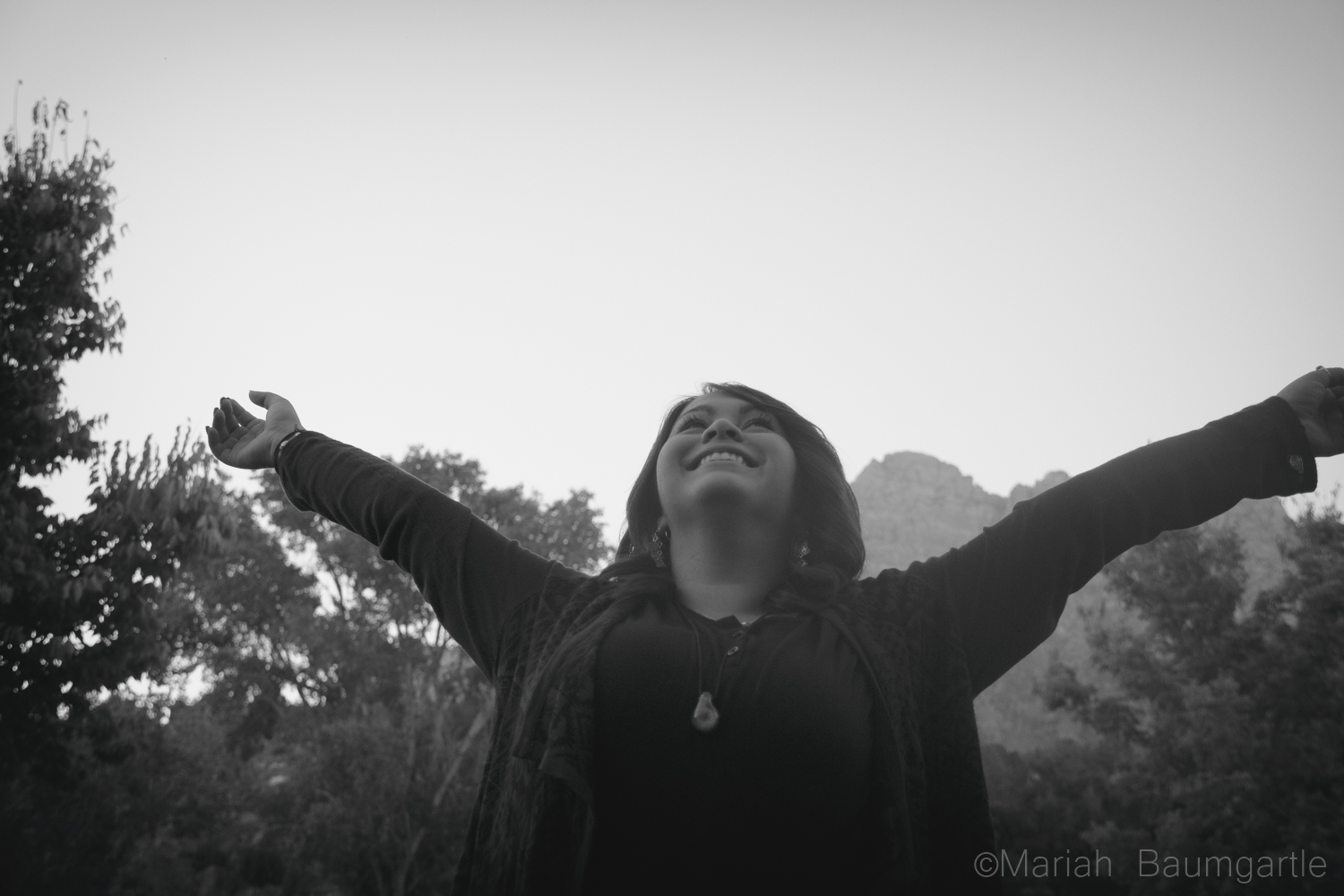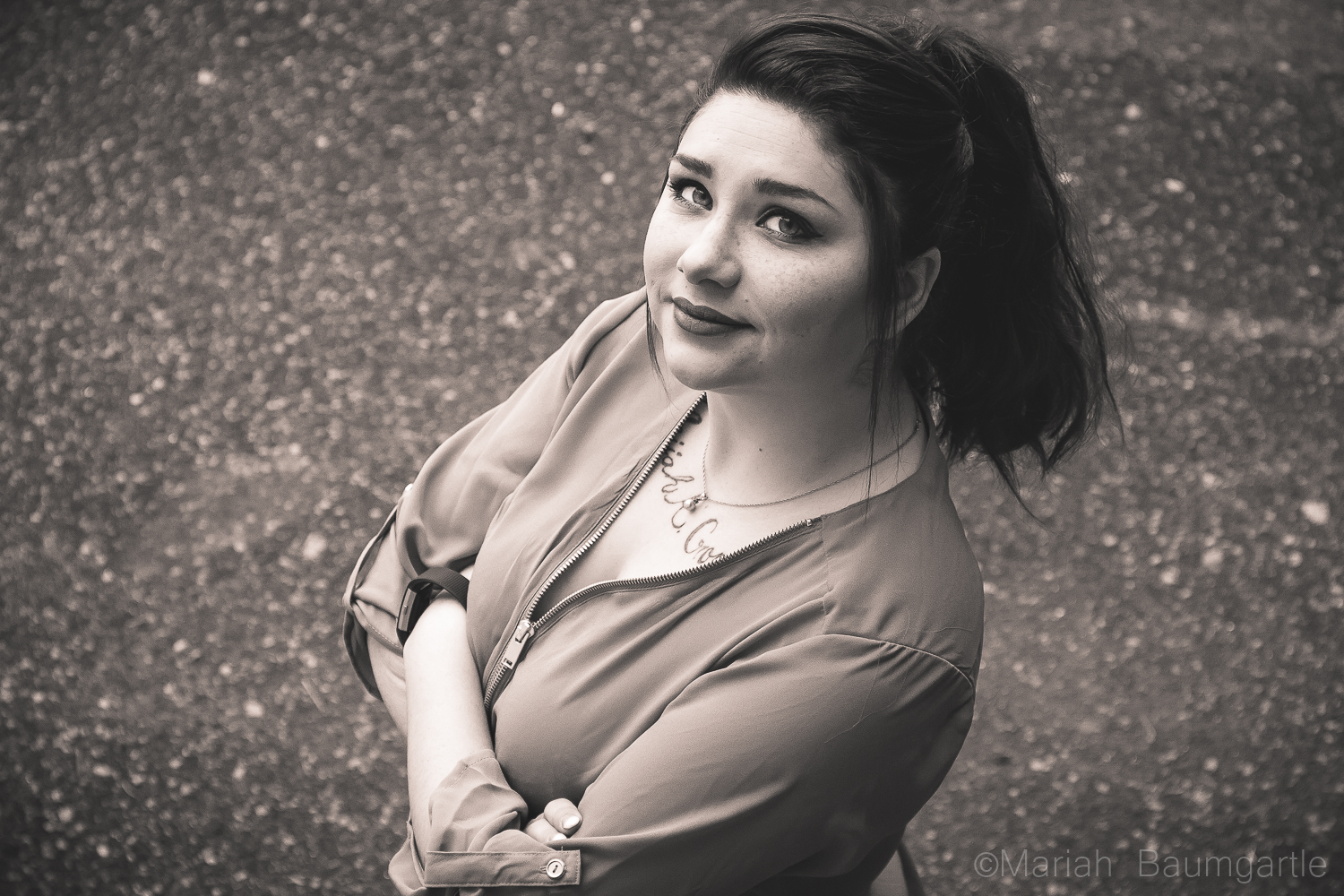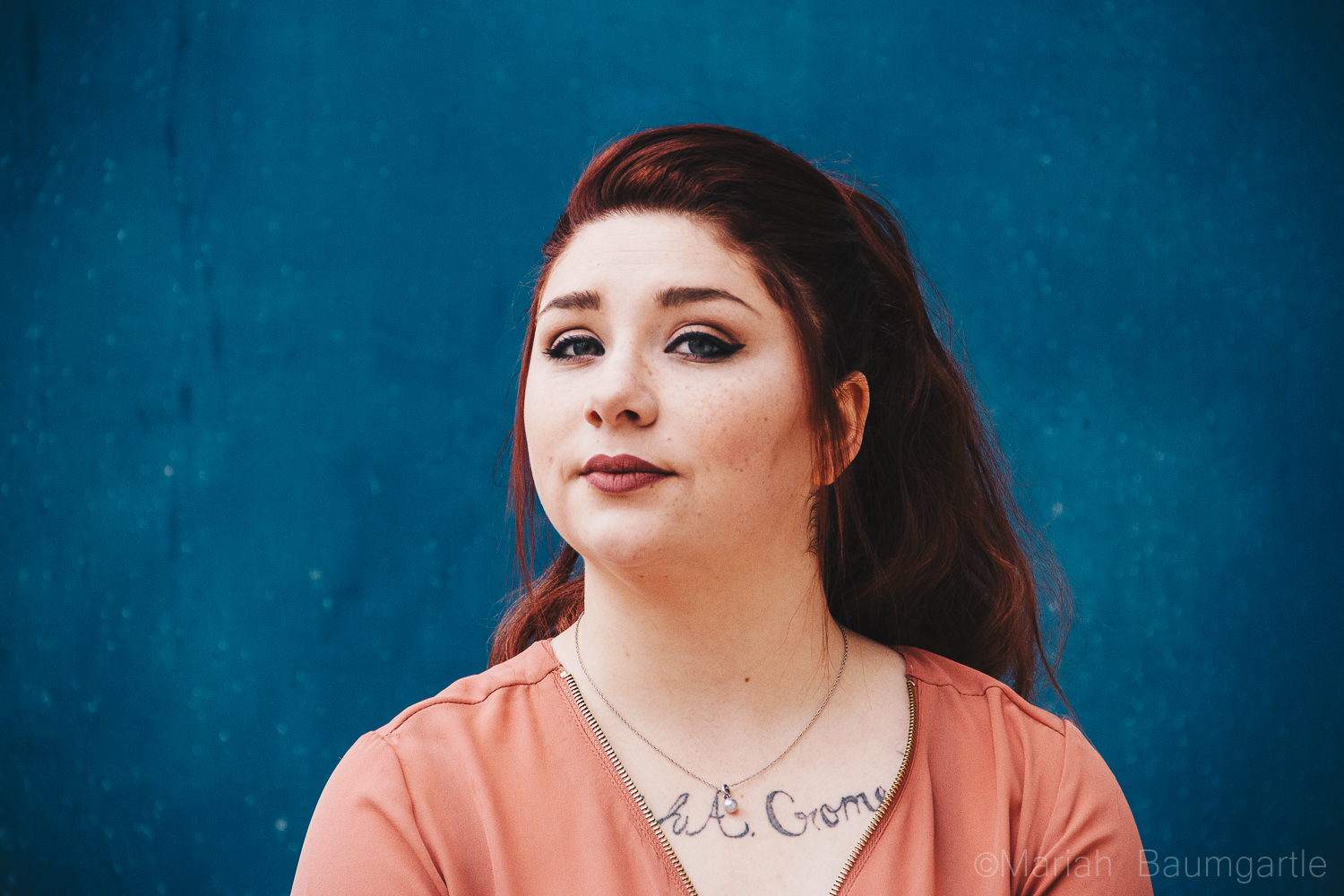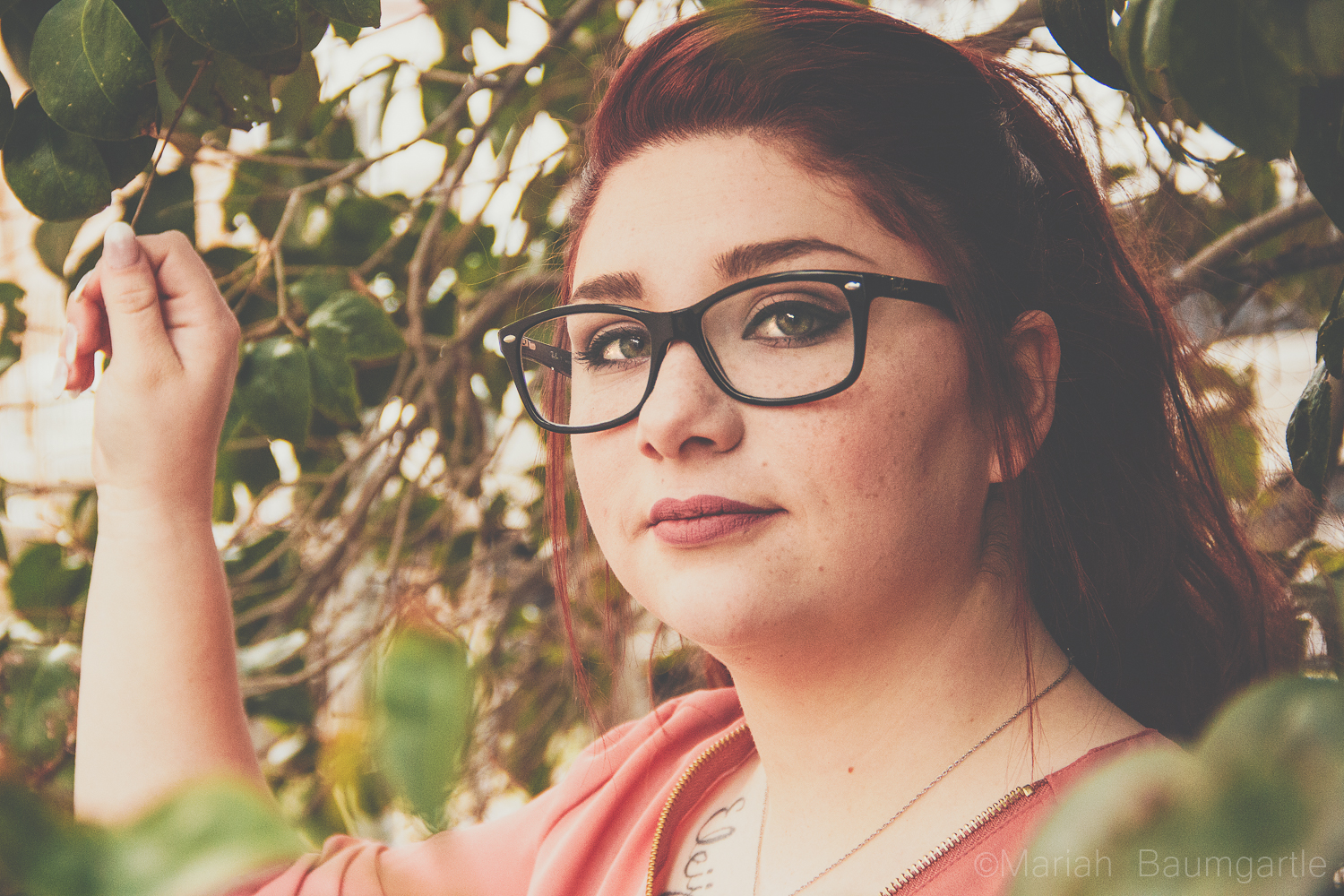Green screens have a mixed reputation in the world of photography. On the one hand, if they’re used improperly, the final image looks fake. On the other, green screens allow studio photographers to create surreal images or put their models in exotic settings. A green screen is a fantastic tool, and there are plenty of reasons you should utilize it in your own studio photography.
Green Screens Give You the World
If you have a dedicated studio, you’ve already invested quite a bit in your photography. Even if that studio is in your home, setting aside an entire space and bringing in all the equipment you need is costly. You know what else is costly? Finding and shooting on location.
A green screen gives photographers the opportunity to place their subjects anywhere they want. In the age of digital art, having a collection of green screen portraits is a vital tool for many artists. Have you ever noticed how stock photography almost always utilizes a clearly defined subject with a white, blurred, or simply distant background? Most of those images feature subjects that were taken in front of a green screen.
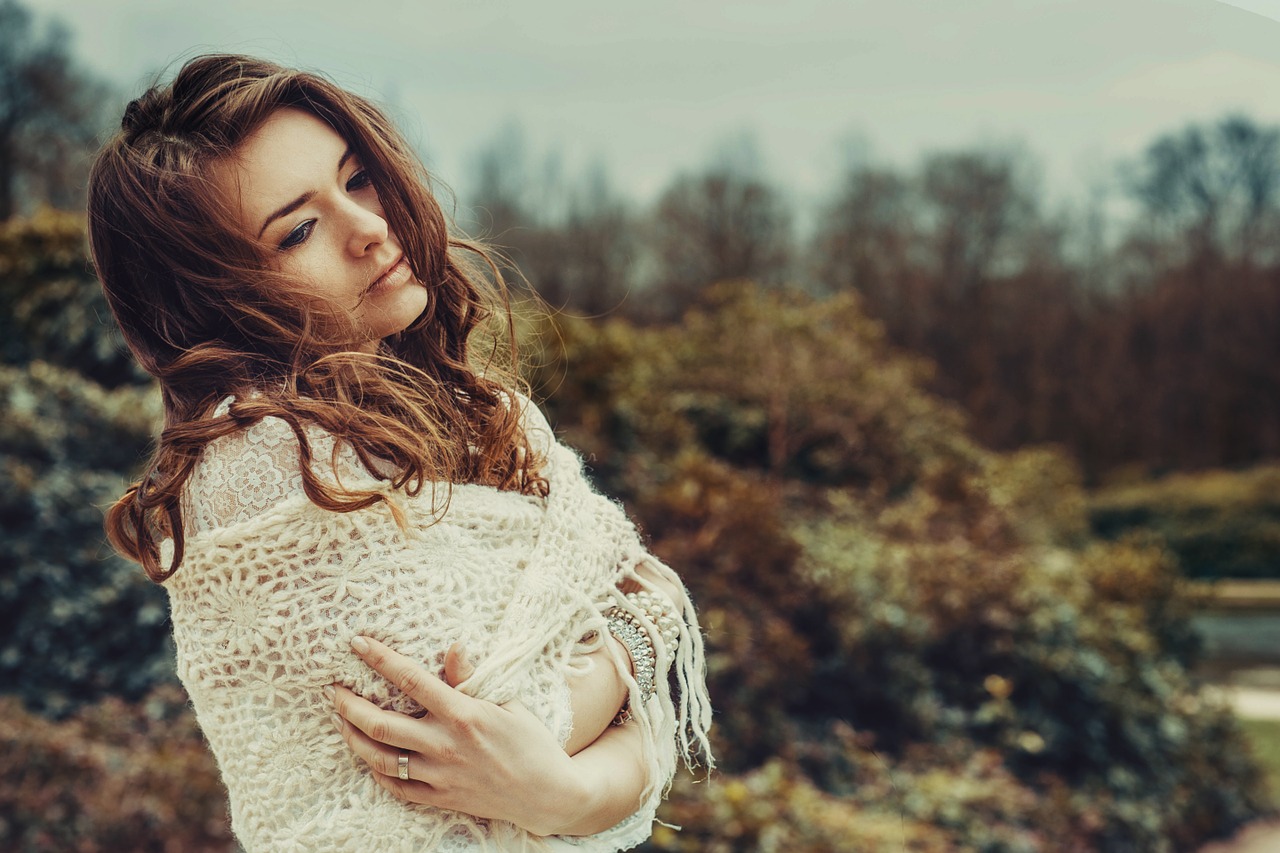
With a green screen, your subjects can be flying, added into old family photos, or simply given a beautiful, but the unrealistic background. You can also use pre-collected images of locations and add those backgrounds to portraits in post-production. It takes practice to edit such images well, but if you use the same background multiple times for graduation, engagement, or glamor photos, you can master the art of adjusting your studio lighting to reflect the conditions of the artificial background.
This looks much better than simply pulling down various backdrops, which never look truly three-dimensional. It’s the same principle, though. It simply takes advantage of newer techniques and hardware. Naturally, this approach also saves the photographer money. A single green screen is much cheaper than a set of different backdrops.
They Make Editing a Breeze
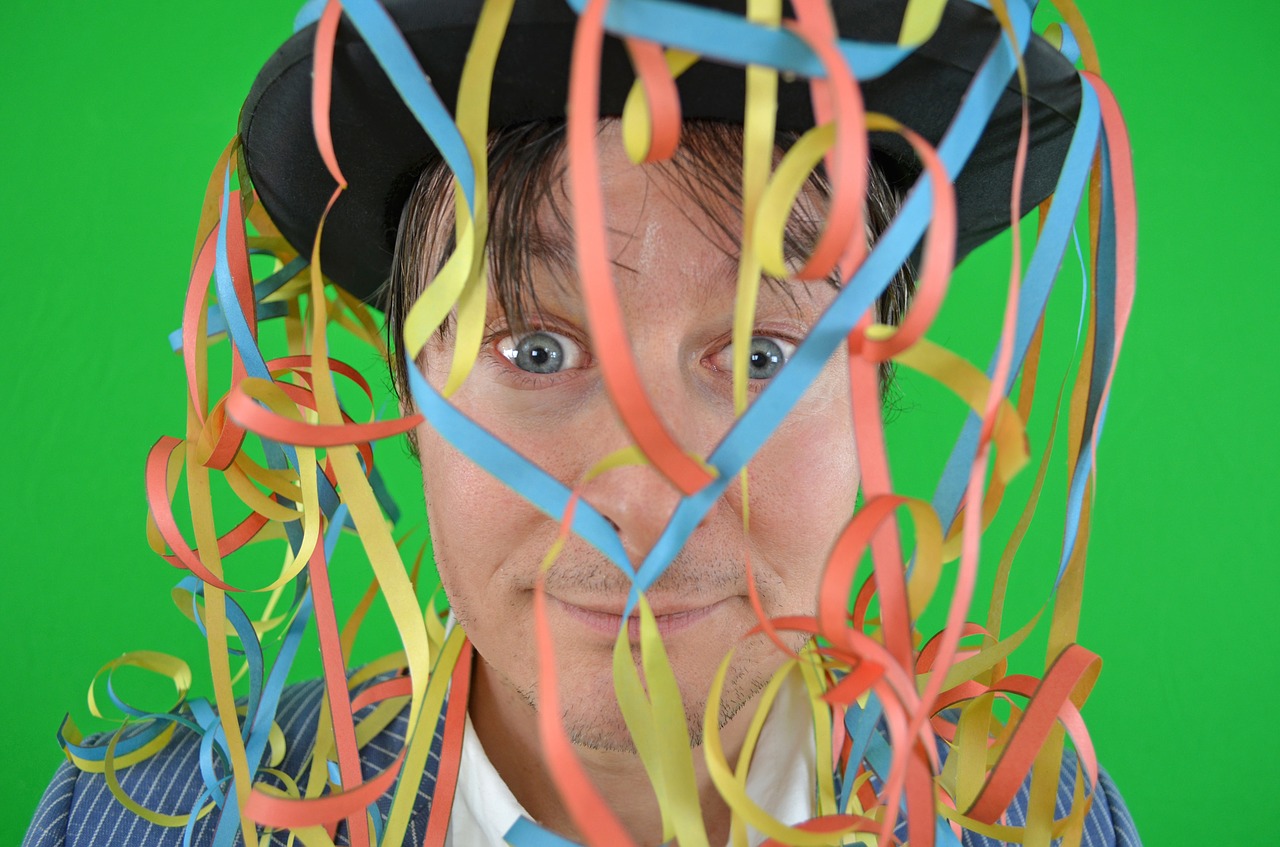
If you hate editing basic portraits, the green screen could be your new best friend. While traditional white backgrounds are prone to smudges, wrinkles, and other eyesores, green screens literally disappear in editing. You can add in a pristine white background with very little work. It’s a shortcut to perfection.
Conversely, if editing is one of your favorite parts of photography, or you use your photos as part of elaborate manipulations, a green screen can help make your final images better. After all, cutting out a person’s hair in Photoshop will never be anything but a chore. It rarely looks exactly right, either. Green screen keeps everything about the subject but features nothing, not even a white backdrop, that you would need to edit out. This gives you more time to focus on the art of your project.
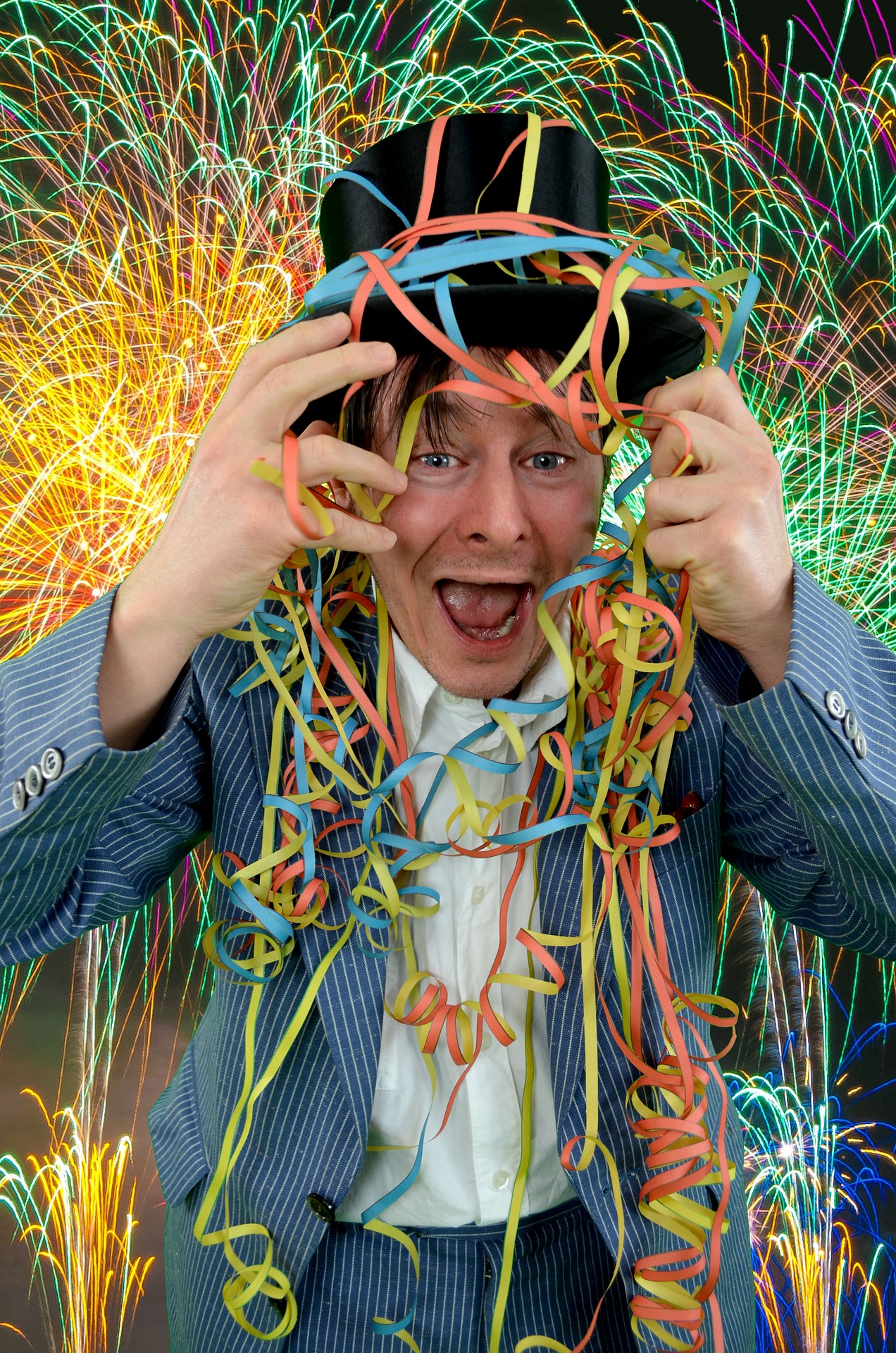
The Gear is Simple
Chances are, you already work with a digital camera. The only expensive equipment you really need for green screen work is your digital camera and the computer you use for editing. If you already have both of those, your major investments have already been made.
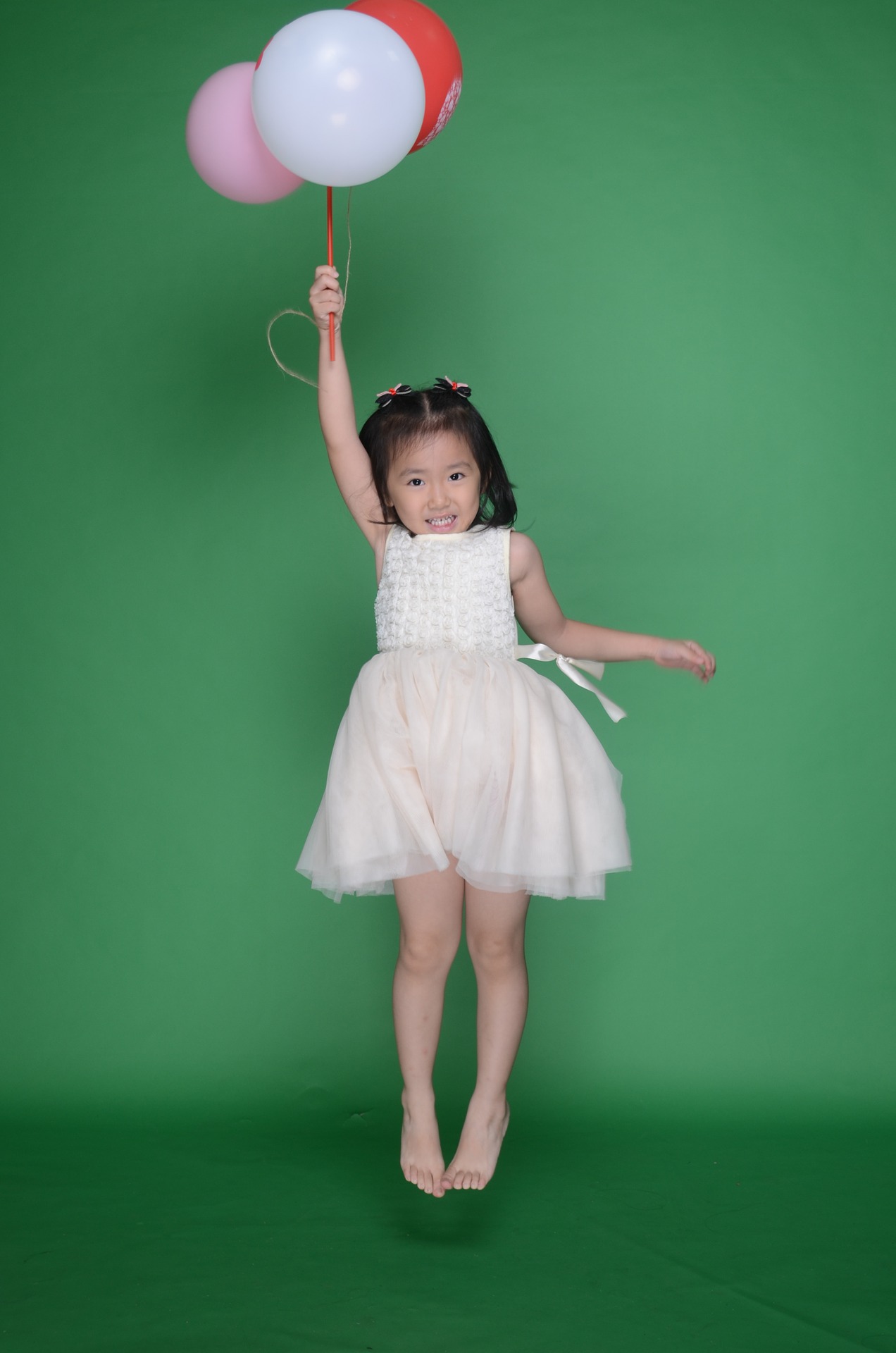
Green screens themselves are usually very cheap. Depending on the material, you can get a fabric backdrop for under $20. More expensive options are available, of course, and provide arguably better results. Higher quality materials, such as muslin, cost more. Rigid pop-up backgrounds, like FancierStudio’s Collapsible Backdrop, cost nearly twice as much as your cheapest options, and they’re fairly small. However, they’re free of the drapes and wrinkles that may cast shadows that will make editing more difficult.
If you go with a traditional fabric backdrop, you can either mount it to your wall or purchase a stand. These run anywhere from $30 to $100 depending on size, materials, and additional features. A basic stand, like LimoStudio’s 10 ft. Adjustable Backdrop System should cover nearly all studio photography needs.
Eventually, you’ll need digital backgrounds. You may not need to buy them, though. Plenty is available for free through online creative collaborations, and you should always work on developing some of your own. After all, no other photographer has your eye or style, so it’s good to have digital backdrops that compliment the style of photography you use in your studio.
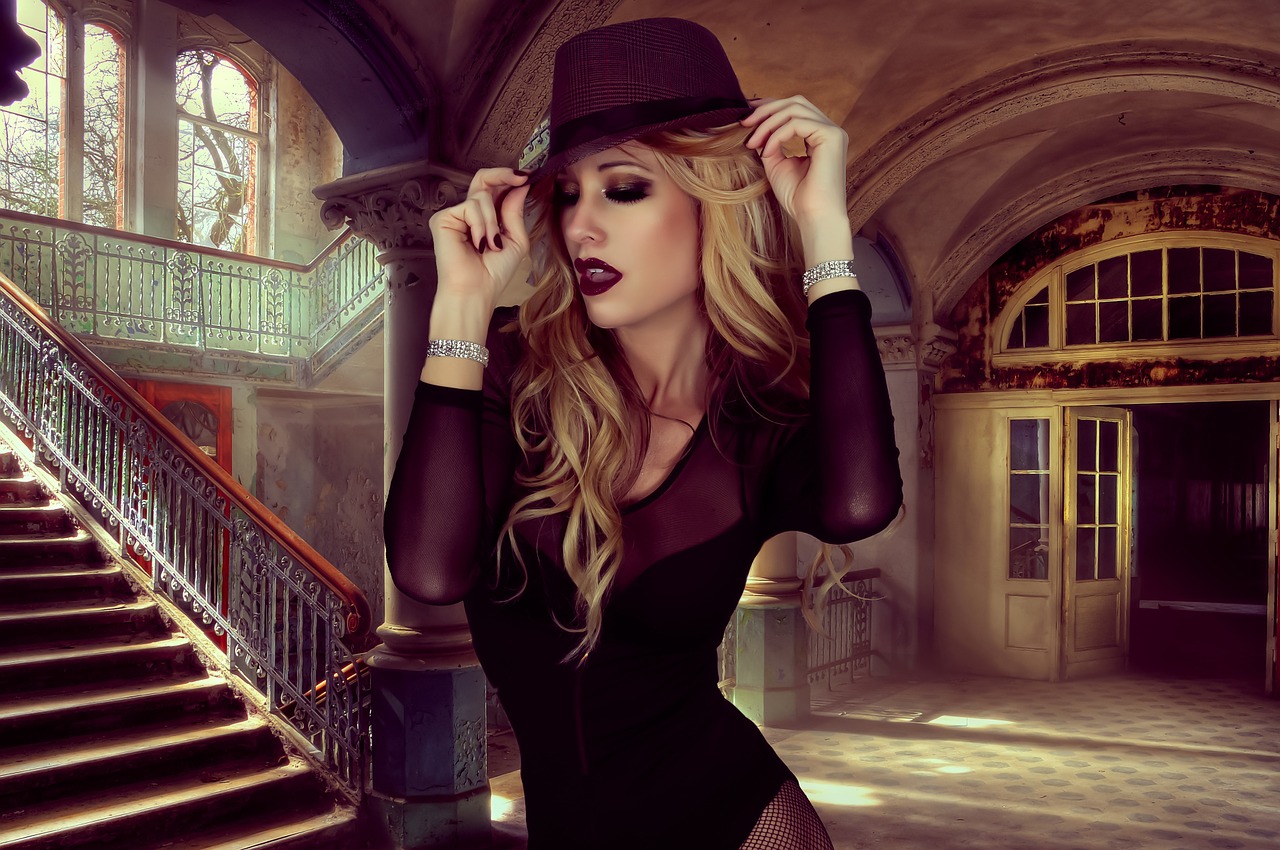
Finally, IT’S FUN!
All technicalities aside, working with a green screen is simply fun. It’s a brilliant editing shortcut for simple portraits, and it allows photographers on just about any budget to expand their range. It brings nature into the studio through pre-shot digital backdrops, and it opens the door to some truly creative projects. The gear is simple, and you probably already have the most expensive equipment on hand. Whether you’re looking to reduce your work, find the perfect background, or give your sitters superpowers, a green screen and some editing can deliver your dreams.

